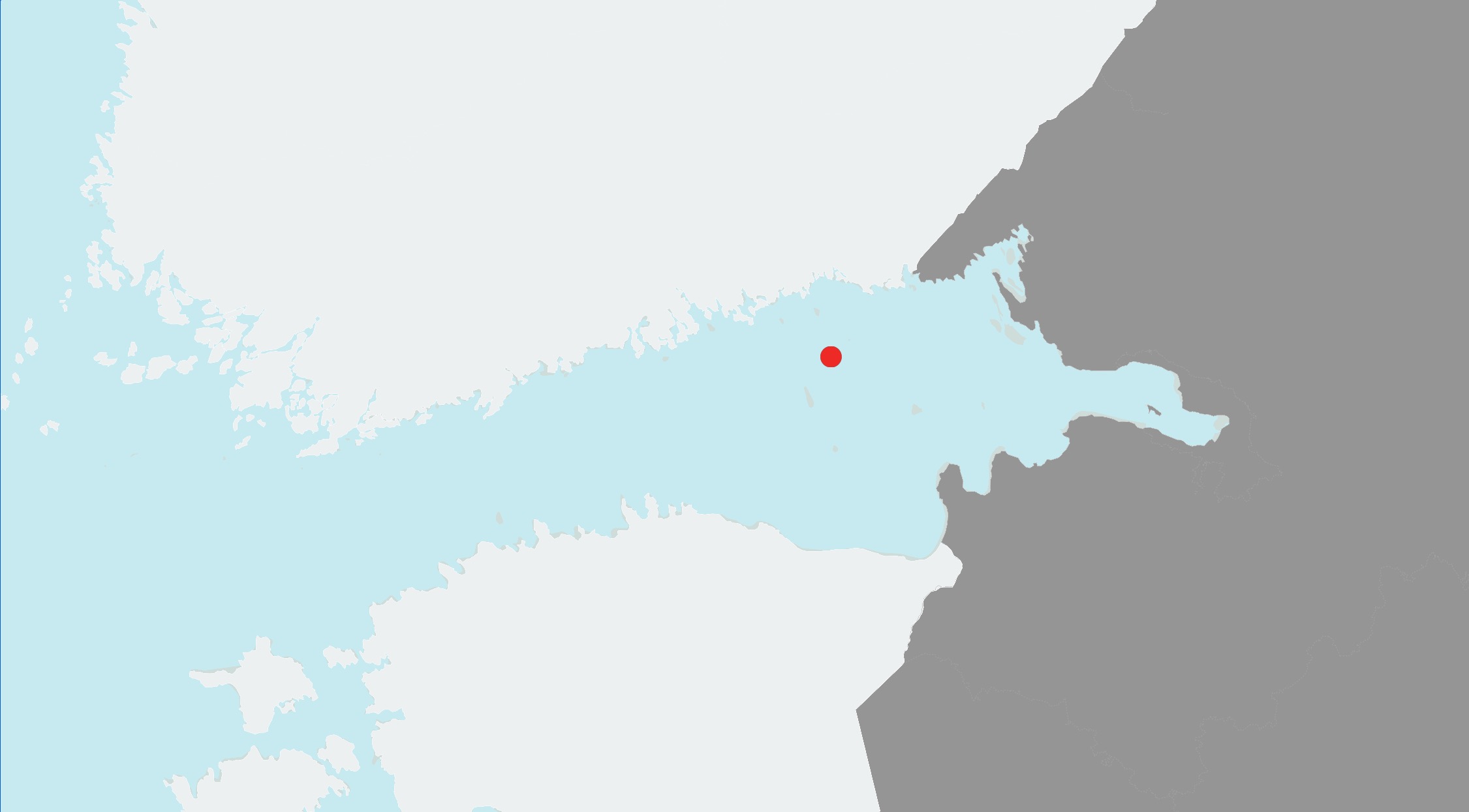An incident involving a Russian naval vessel allegedly intruding into Finland’s territorial sea is under investigation by Finland’s border authority. The unauthorized entry of an unarmed research ship from the Russian navy’s hydrographic service into restricted waters in the Gulf of Finland on July 26th has raised tensions on NATO’s northeastern front.
Finland, a newly accepted NATO member as of April 2023, has expanded the alliance’s frontier due to its 830-mile land boundary with Russia. The Gulf of Finland is where Russia and Estonia, also part of NATO, share maritime borders.
According to the U.N.’s Law of the Sea Treaty, coastal nations can claim territorial sea limits up to 12 nautical miles. An agreement in 1994 between Finland and Estonia allowed for a six-mile international waterway in the narrow Gulf of Finland.
The Gulf of Finland is home to vital sea routes for Russia, crucial for naval activities from St. Petersburg and oil trade from major Baltic ports like Primorsk.
The Finnish Border Guard’s chief investigator, Petter Stauffer, stated that the violation occurred around 1.2 nautical miles south of Hamina, as reported by Finland’s prominent newspaper, Helsingin Sanomat.
The research vessel Mikhail Kazansky, designed for seabed research and other underwater operations, was escorted out by a Finnish patrol boat. Finnish authorities are conducting an investigation to determine if any laws were breached.
The incident coincided with a now-retracted Russian declaration of changes to its sea borders with Finland and Lithuania, later attributed to an administrative error.
The Mikhail Kazansky, weighing just over 100 tons, is part of the upgraded Project 23370G class, with the first vessel commissioned in December 2019. This catamaran-style ship was constructed at the Vyborg Shipyard near the Russian-Finnish border in the Leningrad region.
Previously, Finland encountered a similar situation when four Russian military aircraft reportedly entered Finnish airspace in the Gulf of Finland in mid-June, resulting in a formal rebuke.
NATO routinely intercepts Russian vessels and aircraft near its borders, while alliance planes conduct surveillance missions near Russia’s southwestern front during the Ukrainian conflict.
Recently, U.S. and Canadian fighter jets were dispatched to monitor a joint Russian-Chinese bomber flight in the North Pacific that crossed into Alaska’s air defense zone.
